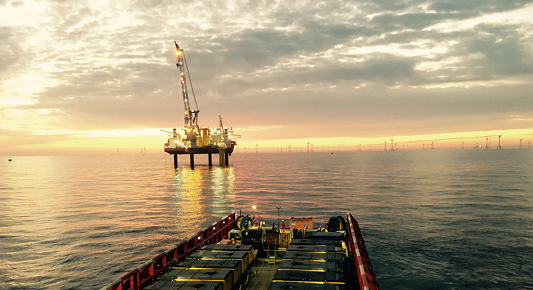See all
No search result found
It looks like we couldn't find any results for your search.
Helpful links
CIP Got CEF-Funding to Deliver
Green Hydrogen from Denmark to Germany
Copenhagen Infrastructure Partners is through its Energy Transition Fund part of the HØST Power-to-X (PtX) Esbjerg - a leading Danish green PtX project which plays an important role not only in Denmark but also in Europe’s energy transition plans and objectives to produce and distribute renewable energy to reduce the carbon footprints.
In early 2025, the project has officially been invited to start grant agreement preparation with CINEA and can look forward to receiving up to EUR 13m in DEVEX funding from the Connecting Europe Facility (CEF) programme.
The vision of moving away from fossil fuels to green hydrogen led to the HØST PtX Esbjerg project. It is designed to deploy advanced electrolysis technology on a gigawatt scale (up to 1GW), aiming to produce approximately 120,000 tonnes of Renewable Fuels of Non-Biological Origin (RFNBO)-compliant hydrogen every year.
Bridging Denmark & Germany and across Industries
One of the most compelling aspects of this project is its strategic positioning. The hydrogen produced in Esbjerg is destined for hard-to-electrify industrial hubs in Germany. Through the development of a Danish-German hydrogen interconnector pipeline, this green hydrogen will cross borders and thereby help reaching the European goal of green transition and fight climate change. Furthermore, should market conditions evolve rapidly, the project has the flexibility to convert hydrogen into green ammonia, which is essential for sustainable fertilizer production and an alternative maritime green fuel.
CEF Funding will help mature the HØST project
The CEF is a key EU funding programme in delivering the European Green Deal and plays an important role in achieving the EU's decarbonization objectives for 2030 and 2050.
Securing a significant grant from the EU CEF programme marks a significant milestone for the HØST Power-to-X (PtX) Esbjerg as the funding will enable the project to conduct FEED and other technical studies that are crucial for advancing the project toward its Final Investment Decision (FID) and commercial operation to start in 2030.







